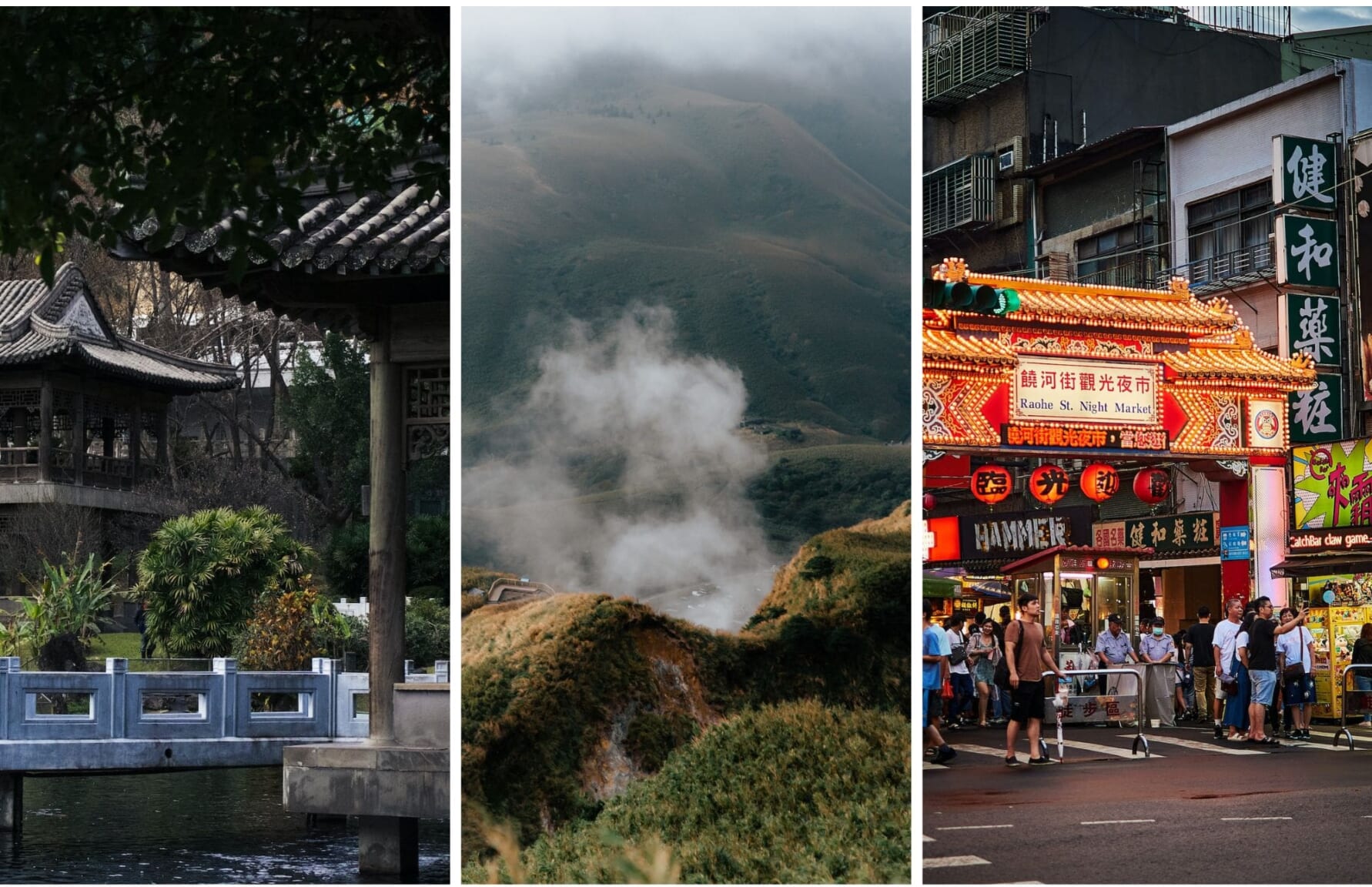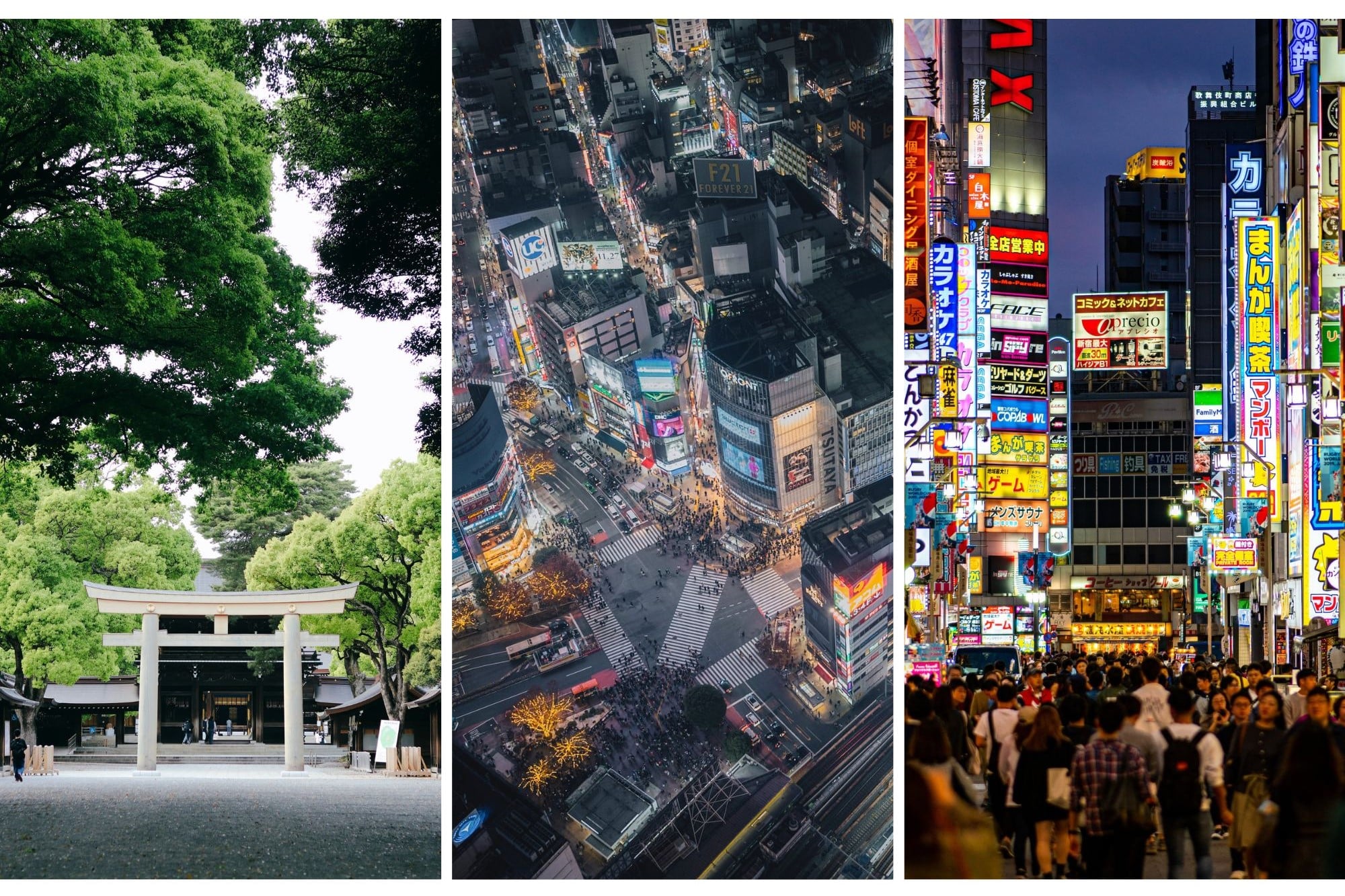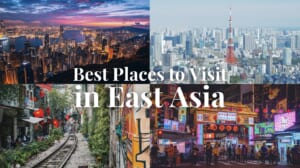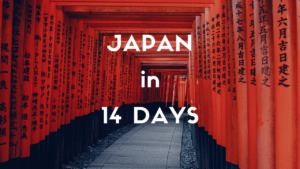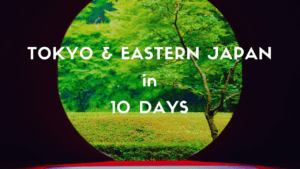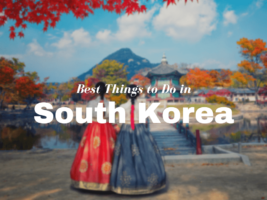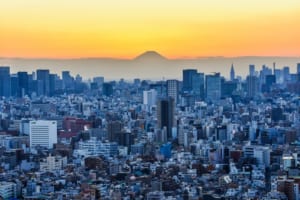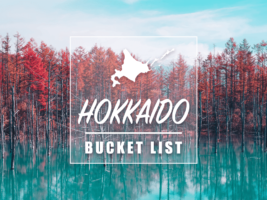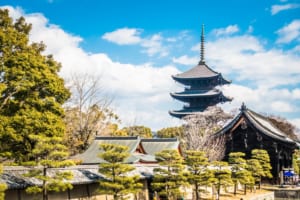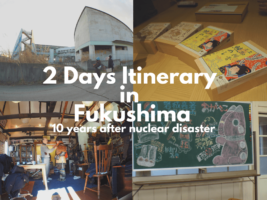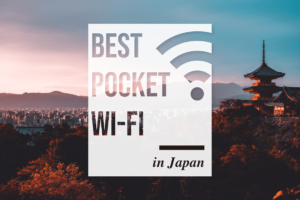East Asia Two Weeks Itinerary: South Korea, Taiwan and Japan
East Asia Essentials: Seoul, Busan, Taipei, Osaka, Kyoto and Tokyo
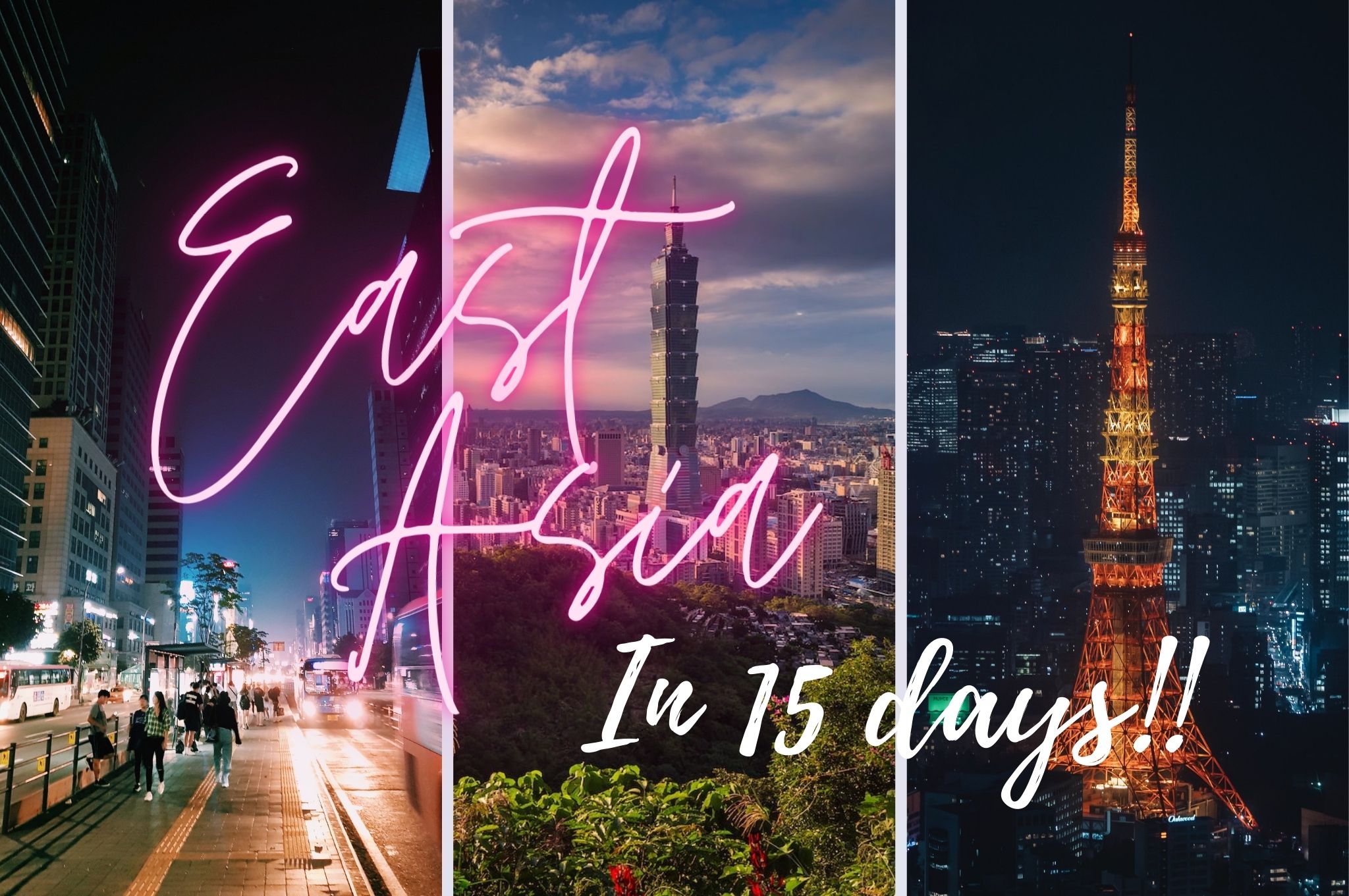
An epic 15-day adventure through some of East Asia’s most exciting destinations! Explore the bustling streets of Seoul and Busan, soak up the culture and history of Taipei and Kyoto, experience the futuristic cityscape of Tokyo, and much more! This itinerary will take you on a journey through three diverse and fascinating countries: South Korea, Taiwan, and Japan.
Get ready to fire up your wanderlust, eat amazing food, and make unforgettable memories on this trip of a lifetime!
Days 1-2: Seoul, South Korea
Day 1:
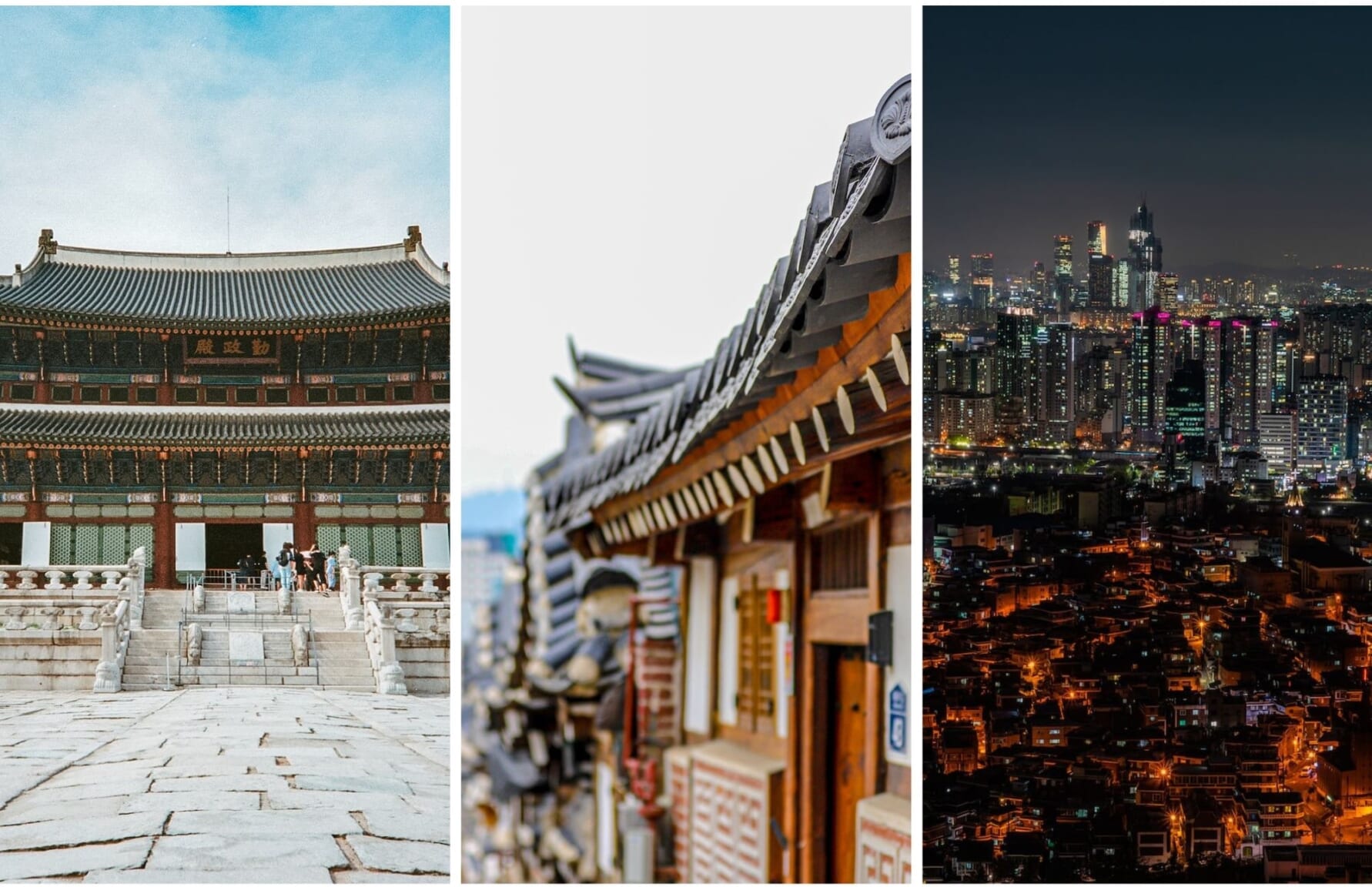
After your visit to the palace, head to nearby Bukchon Hanok Village, a charming traditional Korean neighborhood filled with hanok (traditional Korean houses). You can wander the streets and admire the architecture, and even try on traditional Korean clothing, called hanbok, for a fun photo opportunity.
In the afternoon, head to Namsan Tower, a landmark tower atop Namsan Mountain reachable by cable car that offers stunning panoramic views of the city, and also several attractions and restaurants to explore.
More things to do in Seoul: Best Things to Do in Seoul & Cool Spots to Visit in Seoul
Day 2:
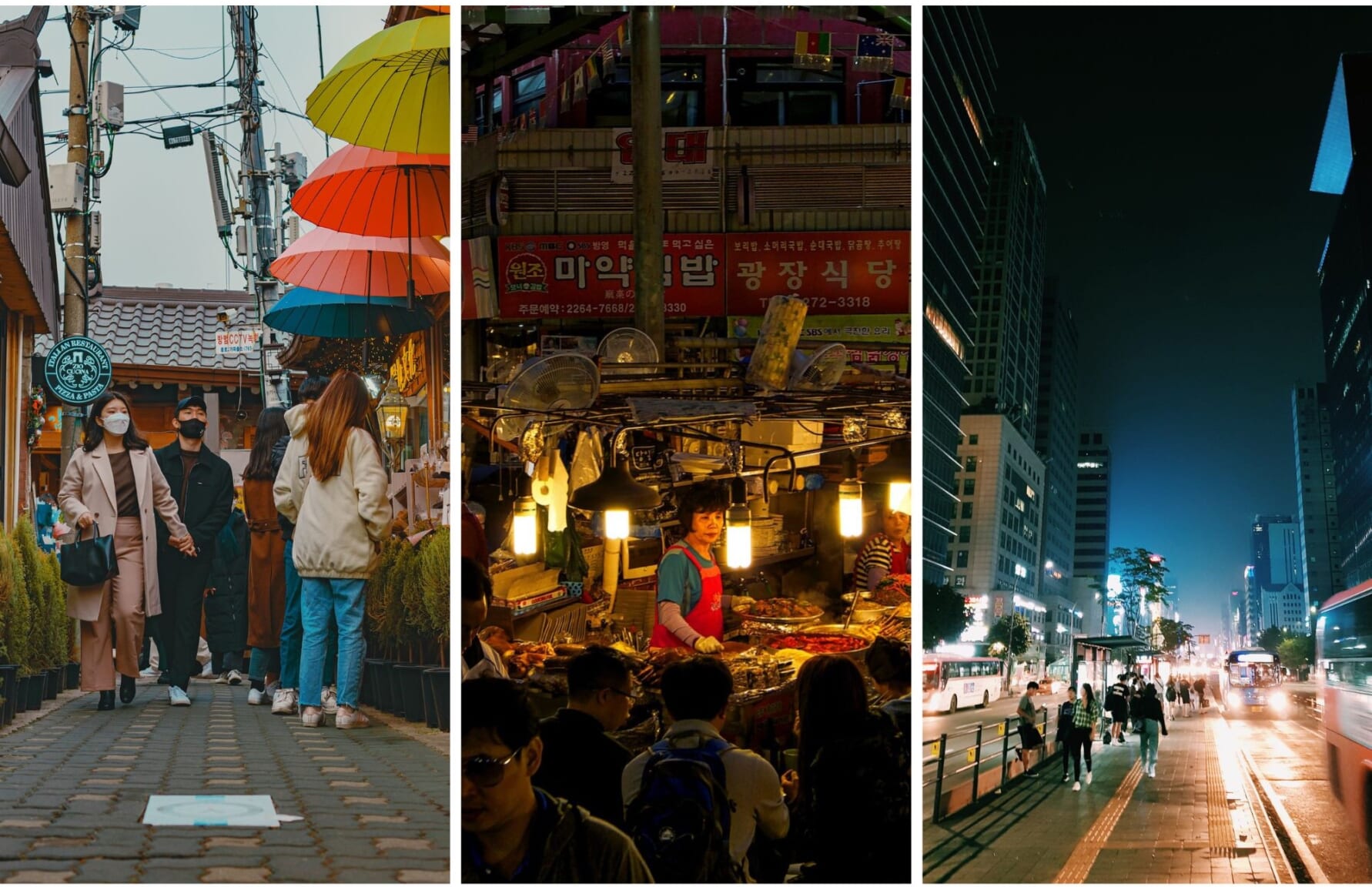
After shopping, visit the nearby Gwangjang Market, one of the oldest and largest traditional markets in Seoul. Be sure to try some Korean street food, such as tteokbokki (spicy rice cakes), kimbap (seaweed rice rolls), and hotteok (sweet Korean pancakes).
In the evening, dive into one of Seoul’s vibrant neighborhoods for nightlife, such as Hongdae or Gangnam. Hongdae is known for its indie music scene, street performances, and clubs, while Gangnam is known for its upscale bars and clubs.
Days 3-5: Busan, South Korea
Day 3:
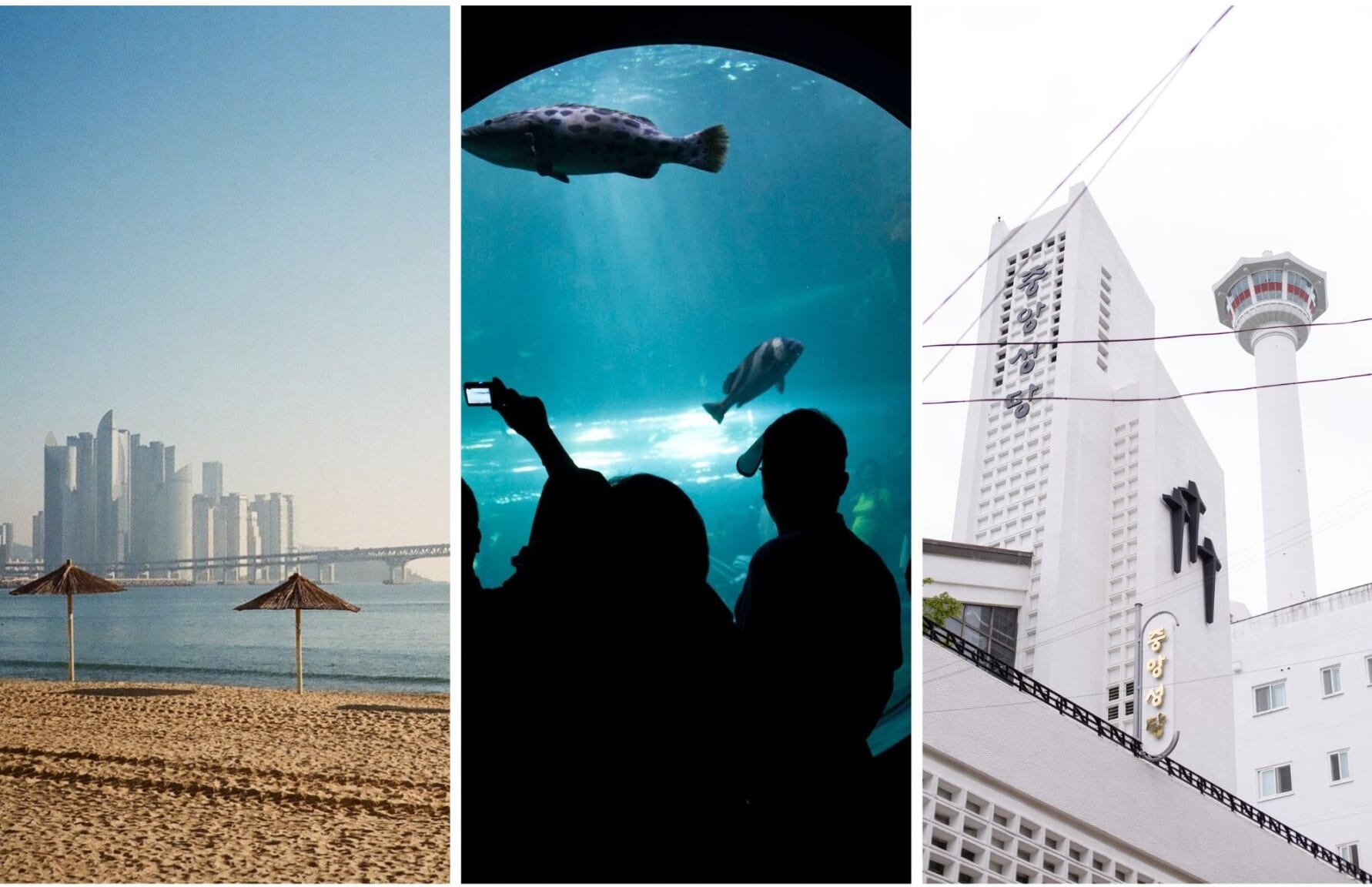
In the afternoon, head to Busan Tower, a landmark tower that offers stunning panoramic views of the city. You can take the elevator to the top of the tower to enjoy the view, and there is also a museum and observation deck to explore.
Day 4:
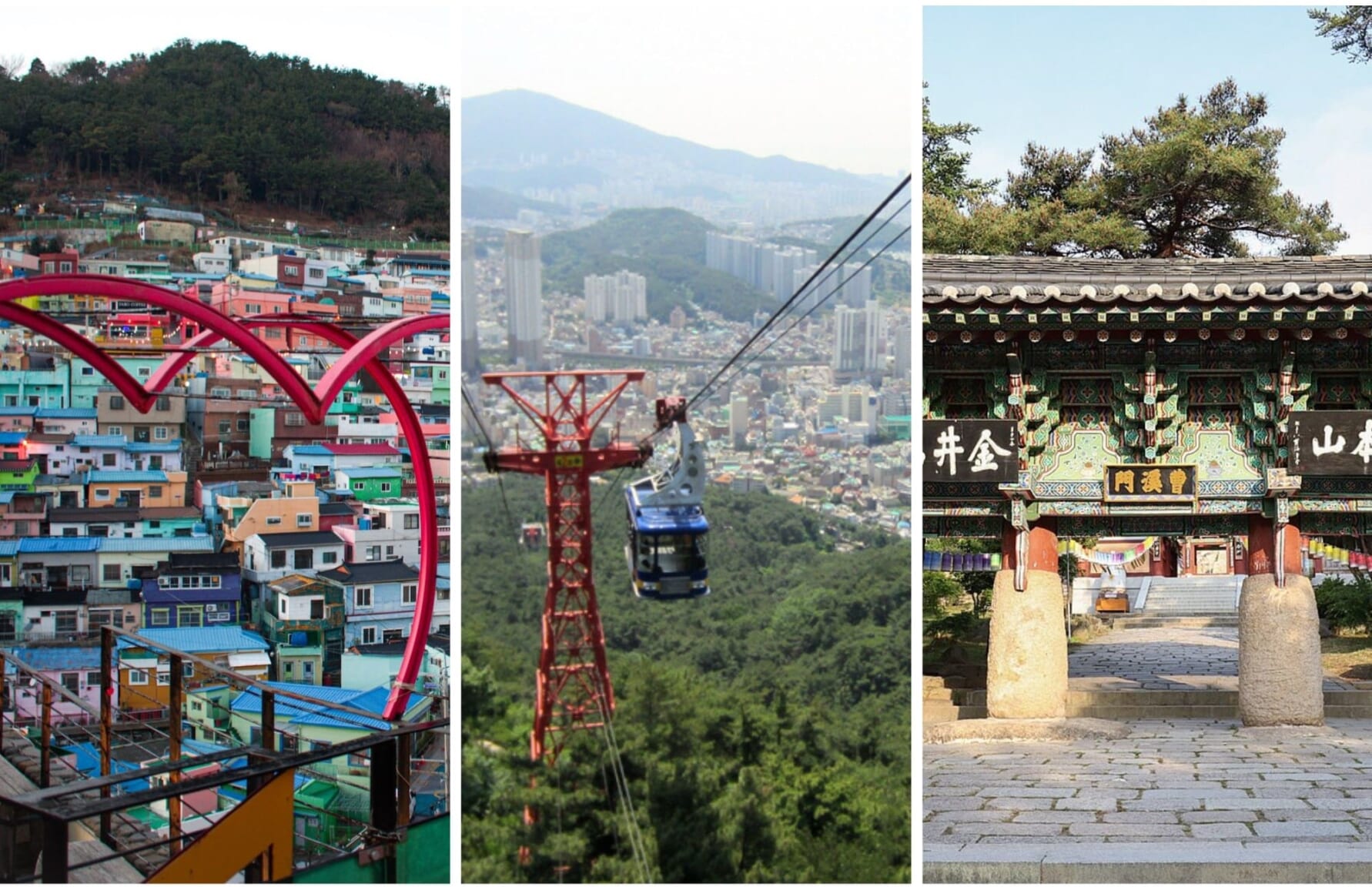
After visiting Gamcheon, go to Beomeosa Temple, a historic Buddhist temple located in the foothills of Geumjeongsan Mountain, which can be accessed by cable car. The temple was first built in the 7th century and has been destroyed and rebuilt multiple times. You can explore the different halls and buildings, and enjoy the serene surroundings of the temple.
Day 5:
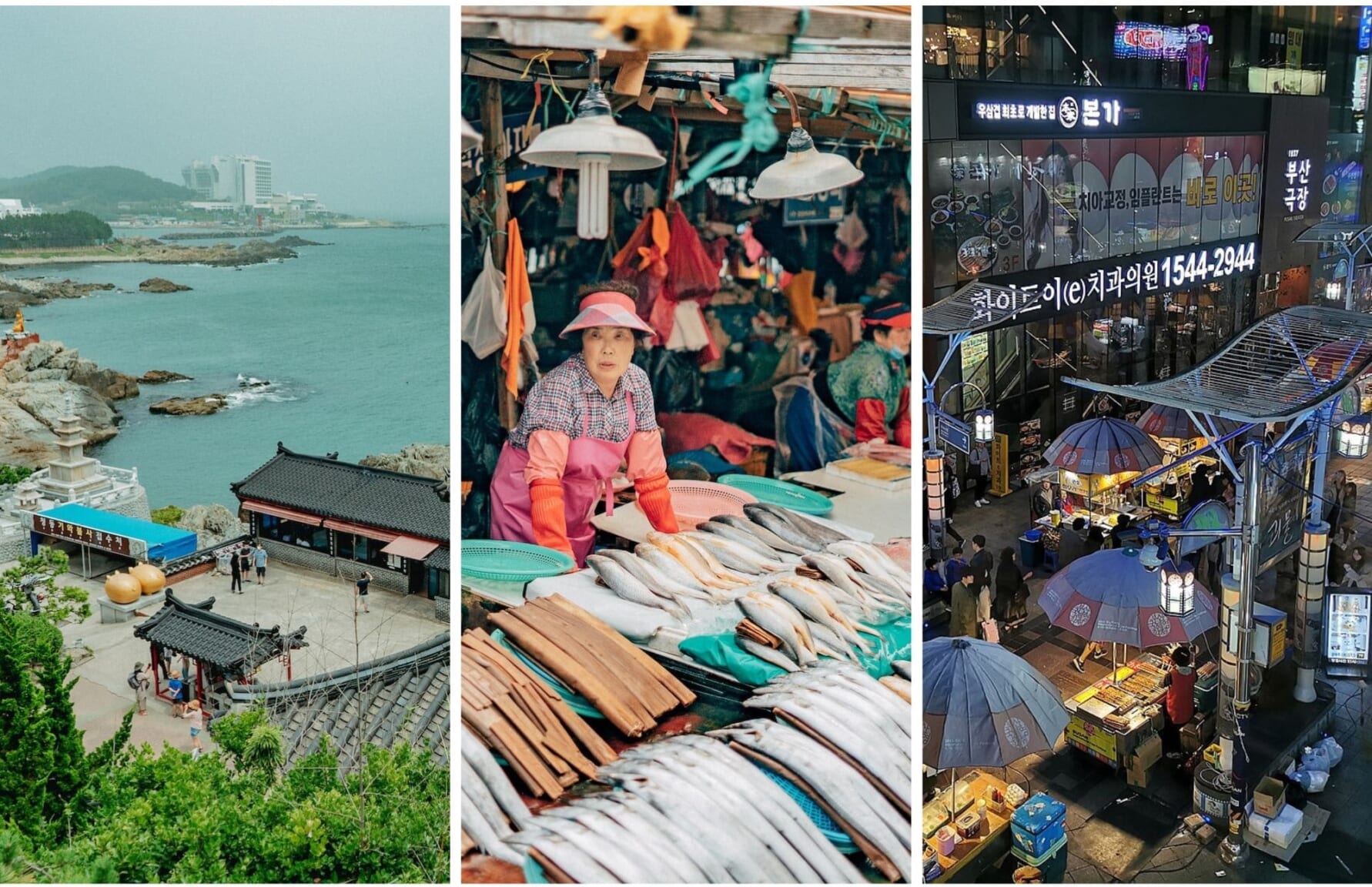
In the afternoon, you can go to one of Busan’s other attractions, such as Jagalchi Fish Market or Gukje Market, to experience the local culture and cuisine. Jagalchi Fish Market is the largest seafood market in South Korea, and you can try fresh seafood at one of the on-site restaurants. Gukje Market is a traditional market with a variety of goods, from clothing to food to electronics. Be sure to try some of the local street food, such as hotteok (sweet pancakes) and ssiat hotteok (sweet pancakes filled with seeds).
Days 6-8: Taipei, Taiwan
Day 6:
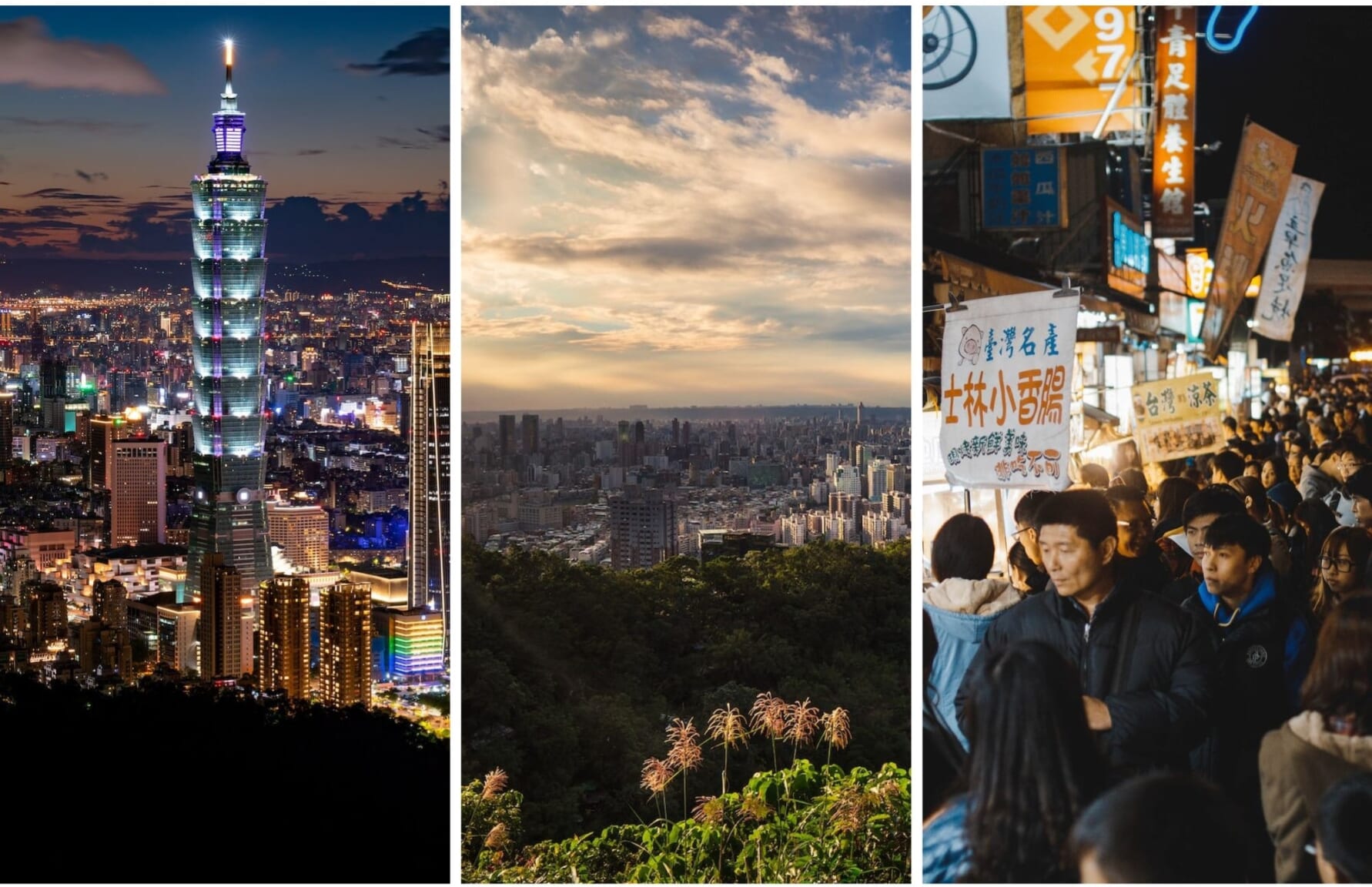
After your visit to Taipei 101, head to the nearby Xiangshan, or Elephant Mountain, for a hike and even better views of the city. The hike is moderate in difficulty and takes about 30 minutes to reach the top. Be sure to bring water and wear comfortable shoes.
In the evening, visit Shilin Night Market, one of Taipei’s most famous and lively night markets. You can find a variety of food, from stinky tofu to fried chicken cutlets, as well as games and souvenirs.
Day 7:
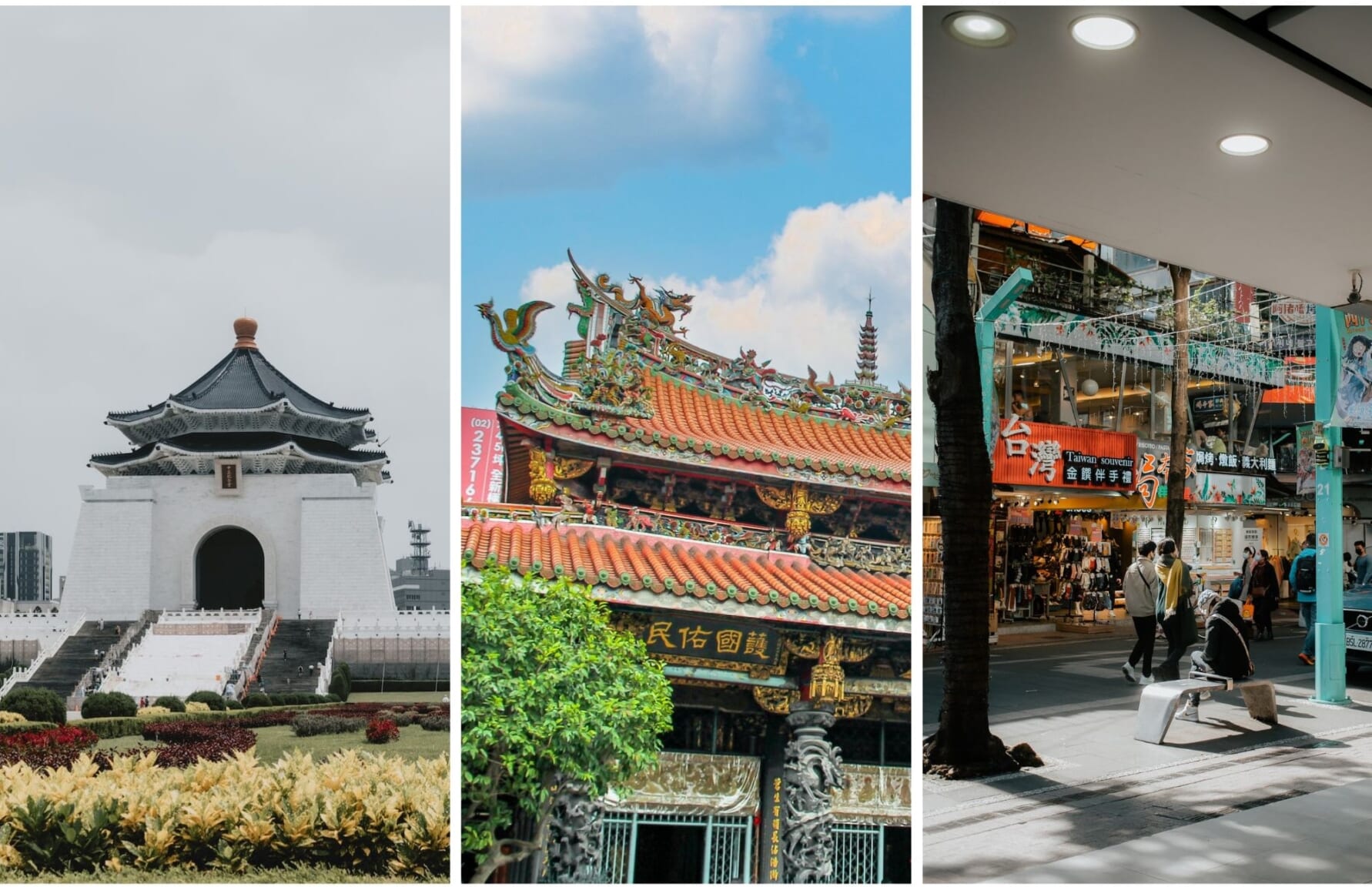
After your visit to the memorial hall, head to Longshan Temple, one of Taipei’s oldest and most famous temples. The temple was first built in the 18th century and features a mix of Buddhist, Taoist, and Confucian elements. You can explore the different halls and courtyards, and even make a wish at the wishing pond.
In the afternoon, visit the trendy Ximending neighborhood for shopping and entertainment. You can find a variety of shops, from local boutiques to international brands, as well as restaurants and cafes. Be sure to also check out the street performers and live music.
Day 8:
Start your day by visiting the National Palace Museum, one of the largest and most comprehensive museums of Chinese art and artifacts in the world. The museum houses over 700,000 pieces of ancient Chinese imperial artifacts and artwork, including paintings, calligraphy, ceramics, and jade.
In the afternoon, visit Beitou Hot Springs, a popular spot for relaxation and rejuvenation. The hot springs are located in a scenic area surrounded by mountains and forests. You can soak in the natural hot springs or visit one of the public or private hot spring spas in the area.
In the evening, visit the Raohe Night Market, another popular and bustling night market in Taipei. You can find a variety of food, from oyster omelets to pork buns, as well as games and souvenirs. Be sure to try some of the local specialties, such as black pepper buns and Taiwanese-style fried chicken.
More info: Best Things to Do in Taipei
Days 9-11: Osaka-Kyoto, Japan
Day 9:
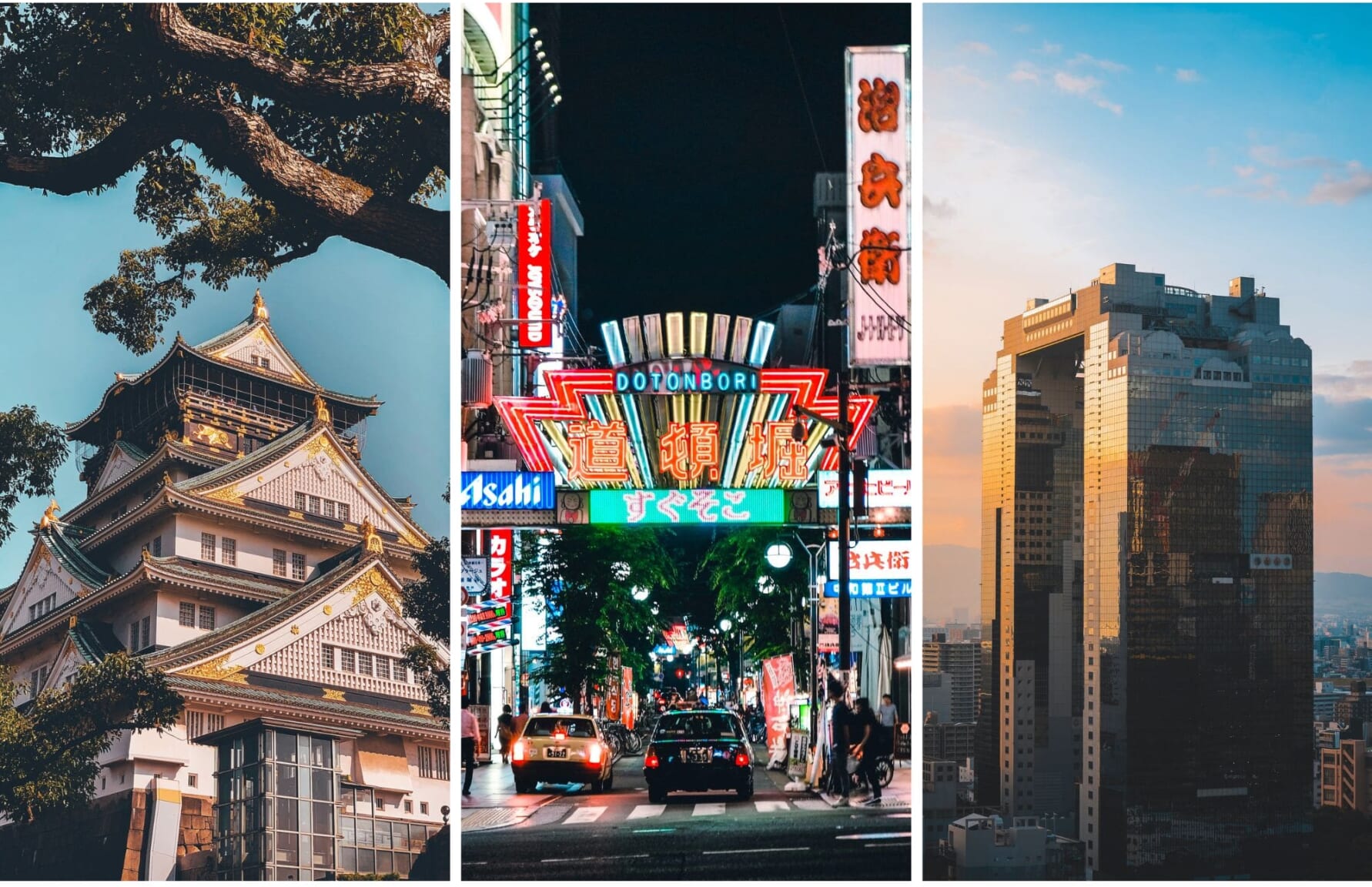
Afterward make your way to Dotonbori, a famous shopping and entertainment district in Osaka. This area is known for its bright neon lights, large billboards, and a wide variety of street food vendors where you can eat to your heart’s content the local specialties like takoyaki and okonomiyaki, and shop for souvenirs.
Make sure you visit Umeda Sky Building before sunset, so you can enjoy the stunning views of the city and see the sunset from the observatory deck. You can finish the day at the nearby Hankyu Umeda Station, with an enormous underground shopping center with lots of restaurants and entertainment options.
More info about what to do in Osaka: 30 Best Things to Do in Osaka
Day 10:
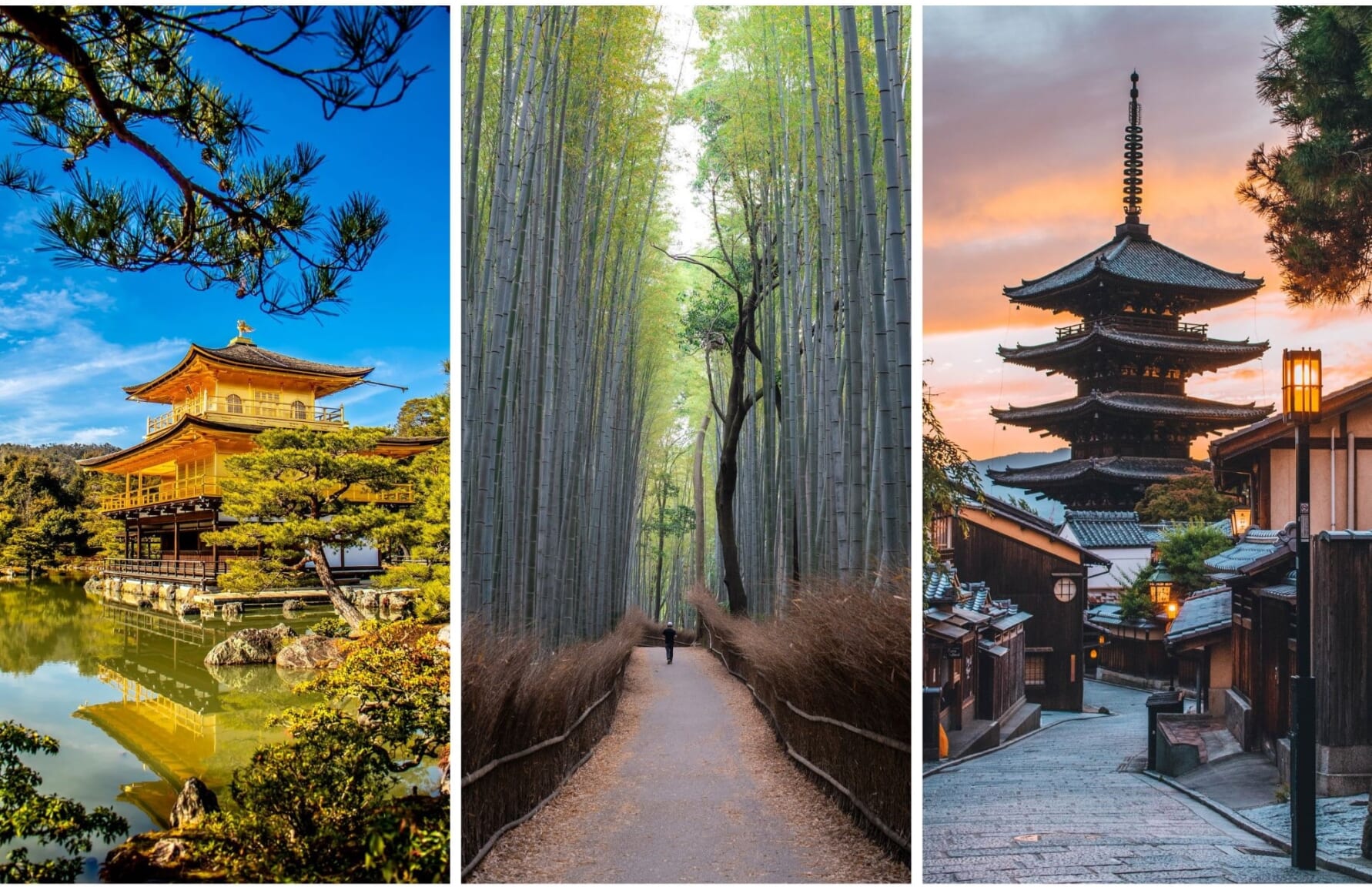
Then, head to Arashiyama, a district on the western outskirts of Kyoto. You can walk through the picturesque bamboo forest, visit the Tenryu-ji temple, and take a boat ride down the Hozu River. The district also has a popular shopping street with local souvenirs and snacks.
In the evening, visit the Gion district to experience Kyoto’s traditional geisha culture. You can stroll through the narrow streets lined with traditional wooden buildings, and try to catch a glimpse of a geisha or maiko (apprentice geisha) on their way to a performance.
For more information about what to do around Gion: 1 Day Itinerary in Higashiyama and Gion
Day 11:
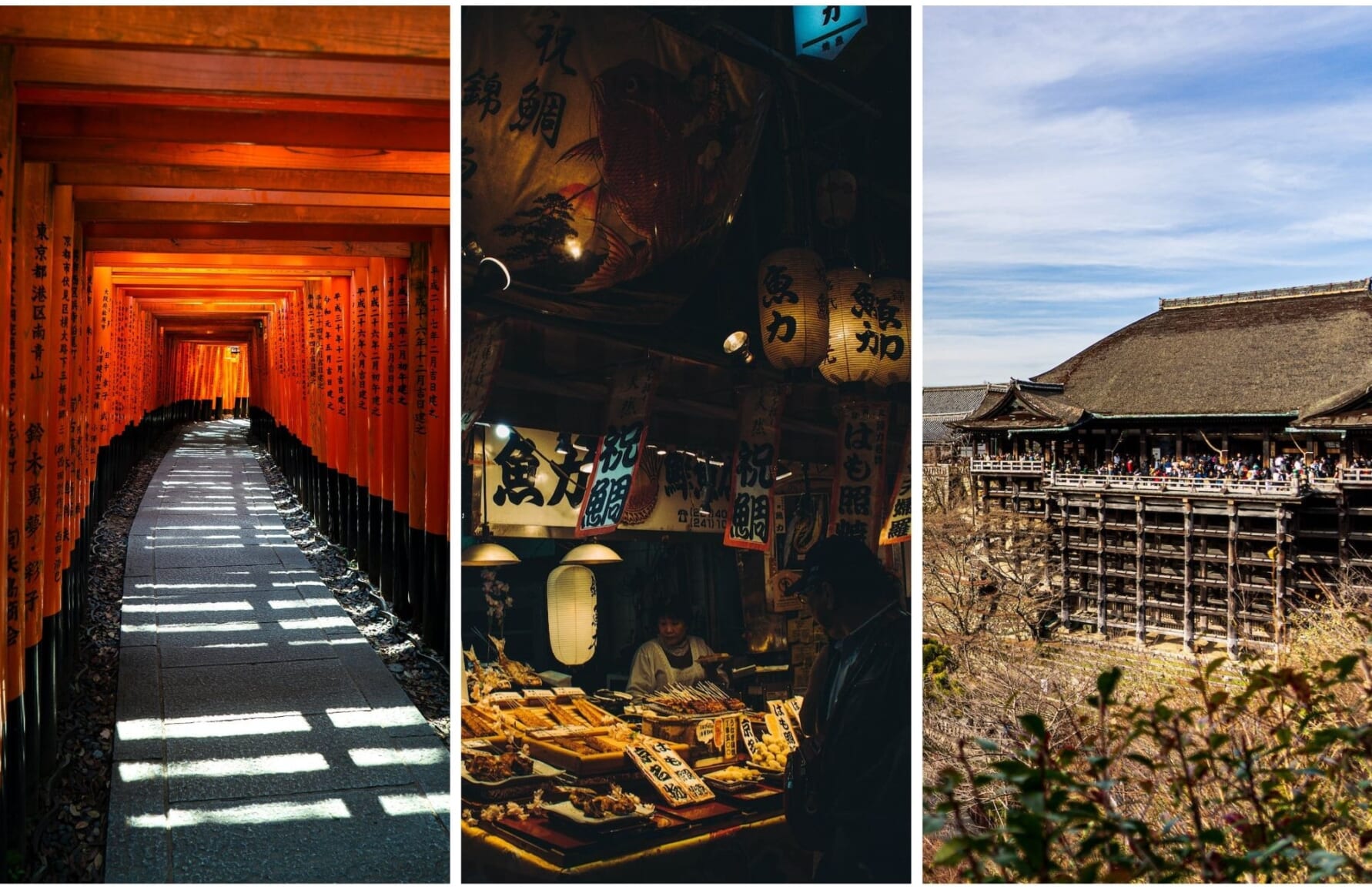
After your visit to Fushimi Inari Taisha, head to Nishiki Market, a long and narrow covered market in central Kyoto. You can find a variety of local foods and goods, including fresh seafood, pickles, and sweets. Be sure to try some of the local specialties, such as Kyoto-style sushi and matcha-flavored snacks.
In the afternoon, visit the Higashiyama district to see more of Kyoto’s traditional architecture and culture. You can walk through the historic streets, visit the Kiyomizu-dera temple, and enjoy the view from the temple’s wooden balcony.
More information about what to do in Kyoto: 30 Best Things to Do in Kyoto
Days 12-14: Tokyo, Japan
Day 12:
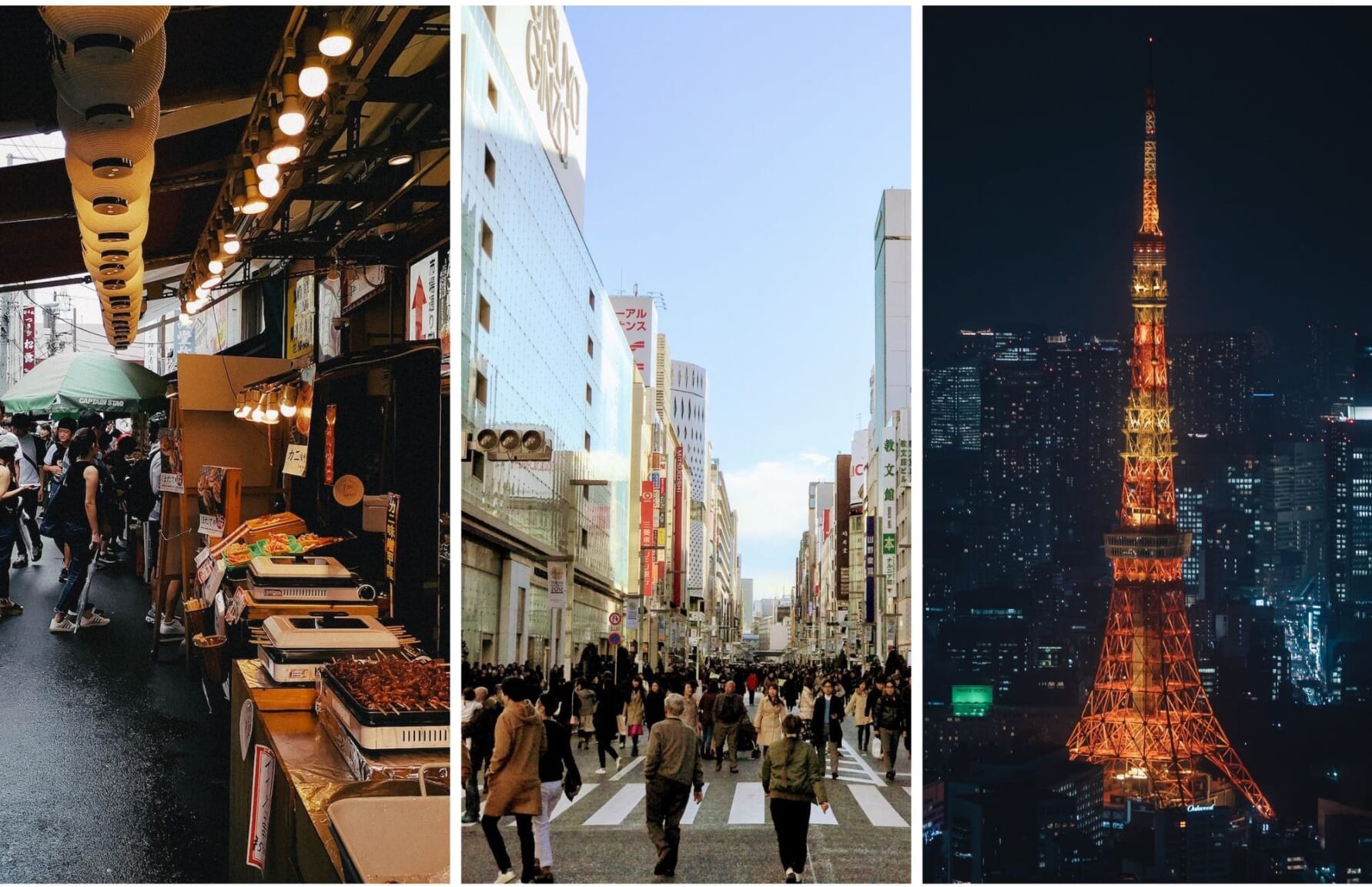
After your visit to the Tsukiji Fish Market, go to Ginza, Tokyo’s famous shopping mecca. It’s a chic and upscale district famous for its high-end boutiques, restaurants and department stores. There are also historic landmarks such as the Kabuki-za theater and the Imperial Palace is within walking distance.
In the evening, visit the Roppongi district, a popular nightlife spot with a variety of restaurants, bars, and clubs. You can also visit the Mori Art Museum in Roppongi Hills or the Tokyo Tower for a panoramic view of the city at night.
Day 13:
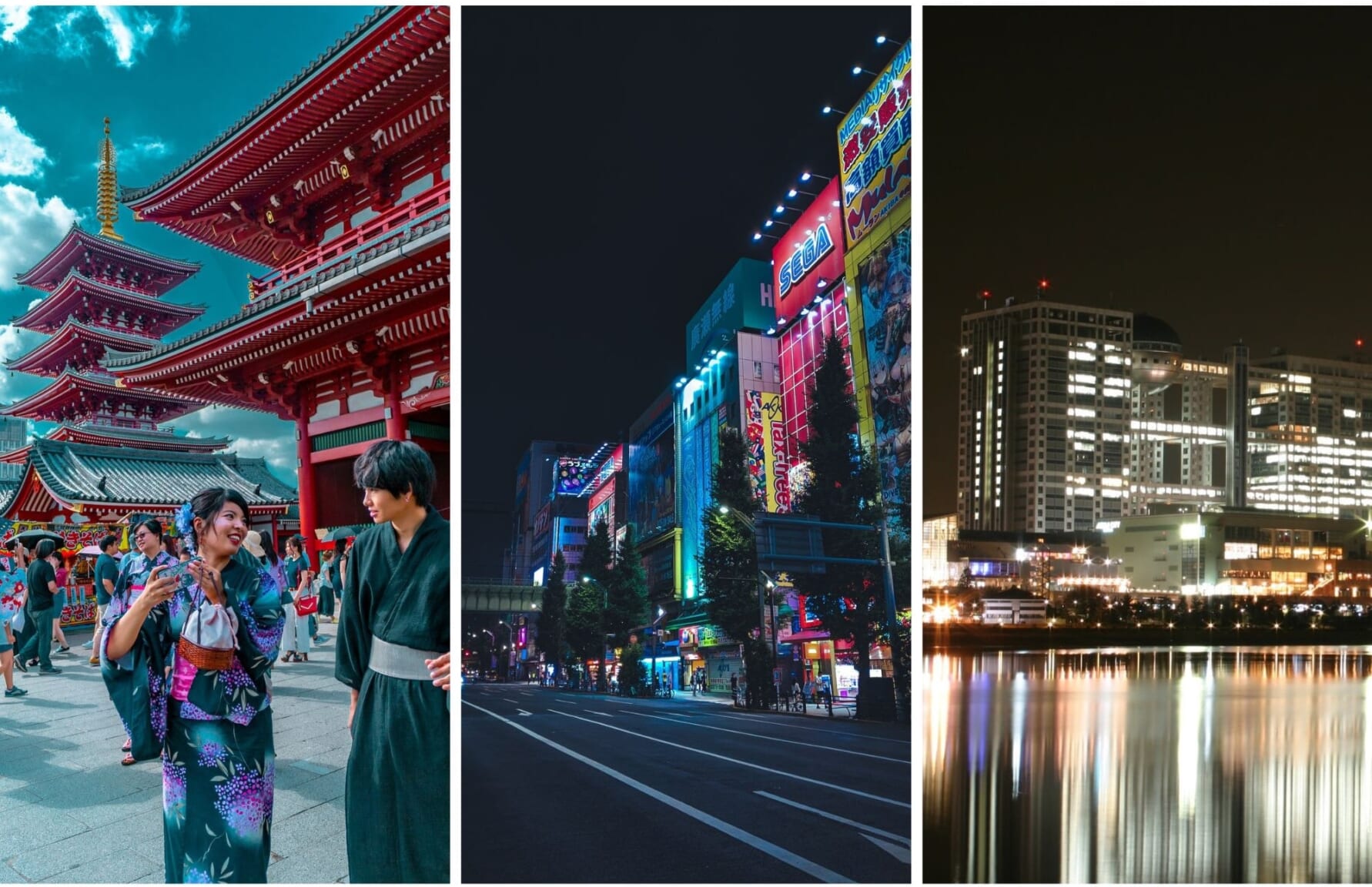
After your visit to Senso-ji, go to Akihabara, also known as Electric Town, famous for its many electronics shops and anime/manga merchandise stores. You can visit one of the many themed pop-up cafes and explore the different shops for quirky and fun items.
In the evening, visit the Odaiba district, a man-made island in Tokyo Bay with a variety of shopping malls, amusement parks, and museums. You can also enjoy the view of the Rainbow Bridge and Tokyo Tower from the waterfront.
Day 14:
If the energy allows it, try to go as early as possible, after daybreak, to Meiji Shrine, a Shinto shrine dedicated to the deified spirits of Emperor Meiji and his consort Empress Shoken. The peaceful surroundings with the sound of the morning prayers will be worth it. The shrine is located in a large forested park, and you can walk through the woods and see the traditional architecture of the shrine buildings.
After your visit to the Meiji Shrine, head to Shibuya, a bustling commercial and entertainment district famous for its Shibuya Crossing, one of the busiest pedestrian crossings in the world. You can also visit the Hachiko statue, a popular meeting spot for locals and tourists alike.
In the evening, visit Shinjuku, another popular entertainment district with a variety of restaurants, bars, and shops. You can also visit the Tokyo Metropolitan Government Building, which has observation decks with panoramic views of the city.
More information about what to do in Tokto: 30 Best Things to Do in Tokyo
Day 15: Depart from Tokyo, Japan
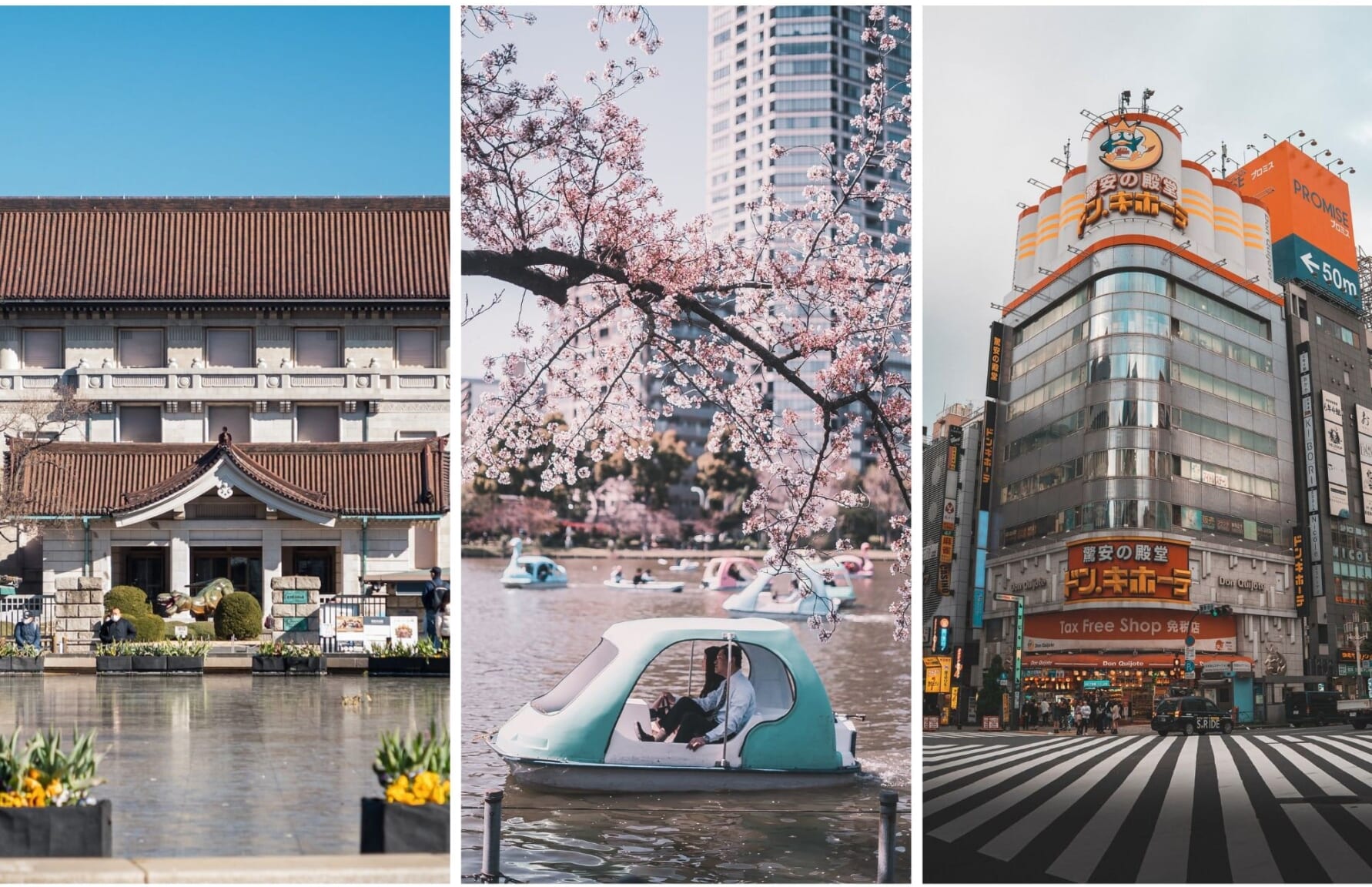
If you have some time in the morning, you could visit the Tokyo National Museum, which houses a large collection of Japanese art and artifacts or just take a relaxing stroll around Ueno Park.
After your final activities in Tokyo, make your way to the airport to catch your flight home. Depending on your flight time, you may need to leave for the airport quite early, so be sure to plan accordingly.
Overall, this 15-day itinerary should give you a great overview of some of the best sights and experiences that South Korea, Taiwan, and Japan have to offer. Of course, there are many other great destinations to explore in each country, so if you have more time, be sure to check out some additional places as well!
▽Subscribe to our free news magazine!▽
For more information about traveling around Japan, check out the following articles!
▽Related Articles▽
▼Editor’s Picks▼
Written by
Photographer, journalist, and avid urban cyclist, making sense of Japan since 2017. I was born in Caracas and lived for 14 years in Barcelona before moving to Tokyo. Currently working towards my goal of visiting every prefecture in Japan, I hope to share with readers the everlasting joy of discovery and the neverending urge to keep exploring.





